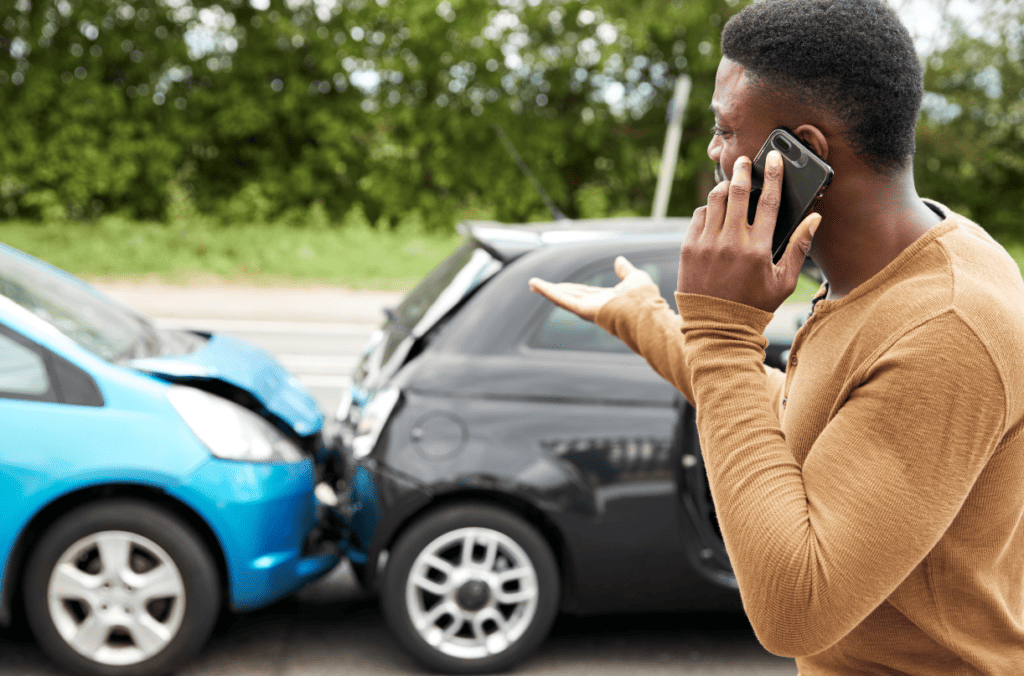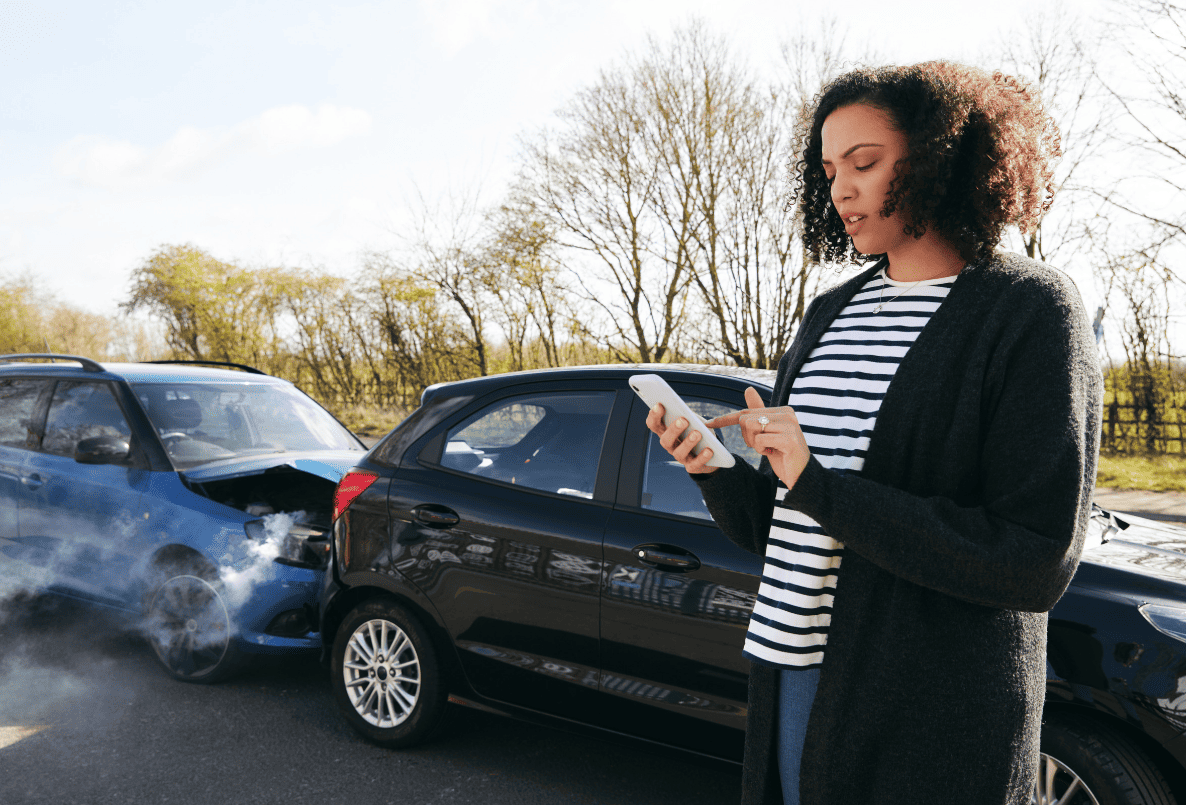Being involved in a car accident that’s not your fault can be a distressing experience. In such situations, knowing the right steps to take is crucial for protecting yourself and your interests.
From ensuring everyone’s safety to gathering essential information, understanding the proper procedures can make a significant difference in navigating the aftermath of an accident.
Below, let’s talk about the key steps you should take if you find yourself in this unfortunate situation.
1. Ensure Safety First:
Your immediate priority is the safety and well-being of everyone involved. If the accident is minor and it’s safe to do so, move your vehicle to the side of the road to prevent further collisions. Turn on hazard lights to alert other drivers, and check for injuries among passengers and other parties involved.
If injuries are severe or there’s a risk of fire or explosion, evacuate everyone to a safe location and call emergency services immediately. Remember to approach the situation calmly and avoid making any sudden movements that could exacerbate injuries.
Once everyone is safe, assess the extent of vehicle damage and take steps to secure the scene by setting up warning triangles or flares if necessary.

2. Contact Law Enforcement:
Always notify law enforcement after an accident, regardless of its severity. The police report generated by their investigation is a crucial document for insurance claims and legal proceedings.
When officers arrive, provide them with accurate and detailed information about the accident, including the location, time, and any relevant factors that may have contributed to the collision.
Be cooperative and respectful throughout the process, and ask for a copy of the police report for your records. Additionally, inquire about any citations or traffic violations issued at the scene and follow up with the police department for any updates on the investigation.
3. Gather Evidence:
Gathering evidence at the scene helps establish the sequence of events and determine liability. Take photographs of the accident scene from multiple angles, focusing on vehicle damage, skid marks, traffic signals, and road conditions.
Exchange contact information, driver’s license numbers, and insurance details with the other parties involved, and collect statements from witnesses if possible. Document any injuries sustained and seek medical attention promptly to support your compensation claim.
Additionally, note down the weather and road conditions at the time of the accident. If there are any surveillance cameras in the vicinity, inquire about obtaining footage of the incident to supplement your evidence.
4. Consult with Legal Representation:
Consider seeking legal advice, especially if the accident results in significant damages or injuries. A skilled car accident lawyer can help protect your rights, navigate the complexities of insurance claims and legal proceedings, and advocate on your behalf to ensure that you receive fair compensation for your losses.
Your attorney can also help gather evidence, negotiate with insurance companies, and, if necessary, represent you in court. By enlisting the support of legal representation, you ensure that your interests are effectively advocated for throughout the claims process.
Moreover, discuss the potential outcomes of pursuing legal action and any relevant statutes of limitations with your attorney. Keep open lines of communication with your attorney and provide them with any updates or additional information that may arise during the claims process.
5. Seek Medical Attention:
Even if you don’t feel injured immediately after the accident, it’s essential to undergo a thorough medical evaluation. Some injuries, such as whiplash or internal trauma, may not manifest symptoms until later.
By seeking medical attention promptly, you ensure that any injuries are properly diagnosed and treated, and you create a record of medical documentation that can be used to support your compensation claim.
Follow your healthcare provider’s recommendations for treatment and follow-up care to facilitate your recovery. Keep detailed records of all medical expenses, including bills, prescriptions, and receipts, to include in your claim.

6. Notify Your Insurance Company:
Inform your insurance company about the accident as soon as possible. Contact your insurance agent or claims department and provide them with accurate details of the incident, including the date, time, and location of the collision, as well as the names and contact information of the other parties involved.
Be prepared to answer questions about the extent of vehicle damage and any injuries sustained. Keep a record of all communication with your insurance company, including claim numbers and the names of adjusters you speak with, and follow their instructions for filing a claim promptly.
Additionally, inquire about rental car coverage if your vehicle is inoperable. Review your insurance policy to understand your coverage limits and any exclusions that may apply to your claim. Top of Form
When You’re Caught In A Car Accident That’s Not Your Fault
In the aftermath of a car accident that’s not your fault, it’s essential to prioritize your safety and well-being while also taking the necessary steps to protect your legal rights.
By following these steps promptly and efficiently, you can lay the groundwork for a smoother claims process and increase the likelihood of obtaining fair compensation for any damages or injuries incurred.
Remember, seeking assistance from legal professionals can provide valuable guidance and support throughout the process, ensuring that your rights are upheld and your interests are represented effectively.


